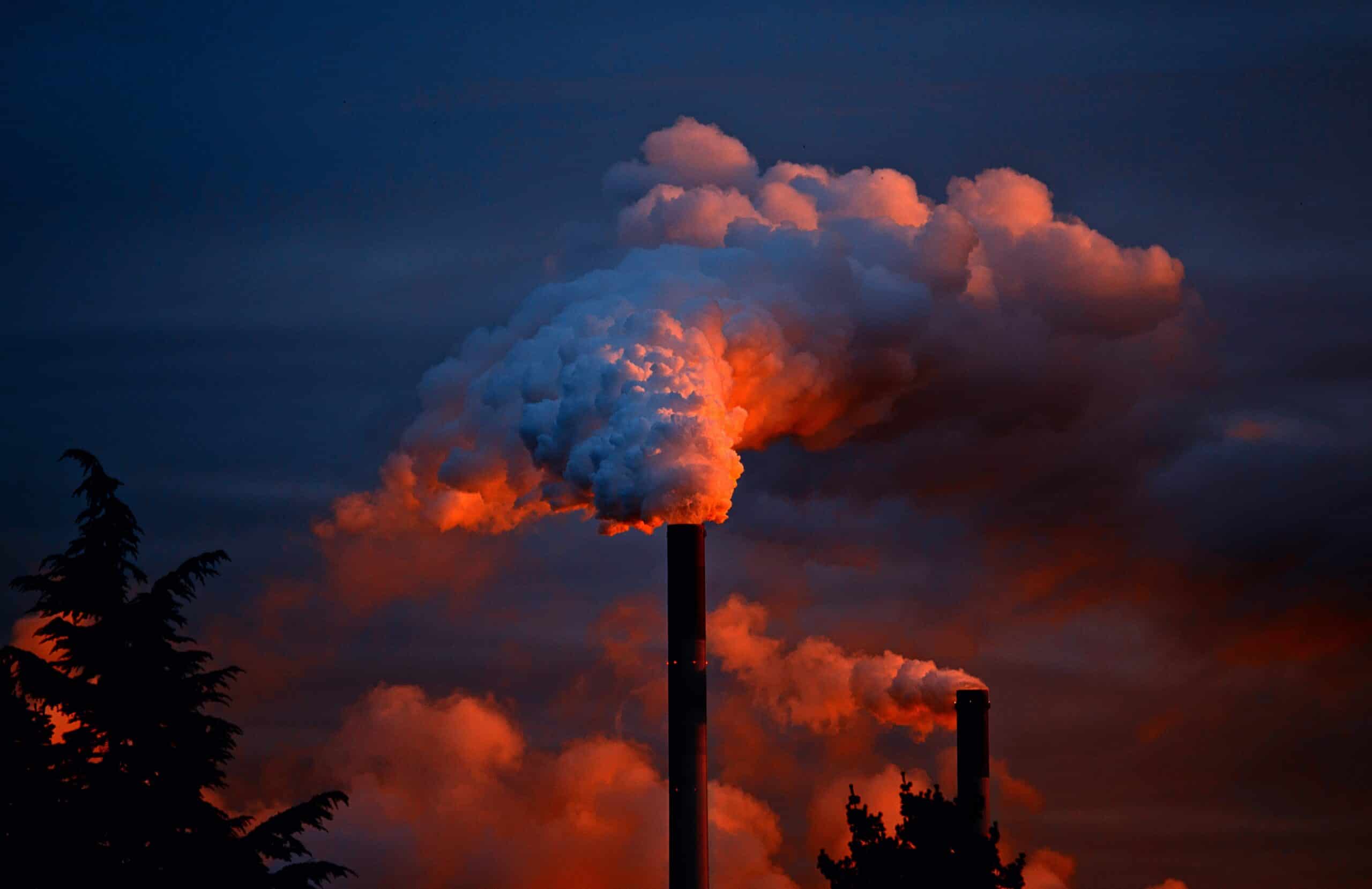Many underground oil pipelines and oil industry equipment in the Gulf of Mexico are at risk of rupture and leaking due to age, abandonment, and lack of maintenance. There are over 26,000 miles of pipelines on the seafloor of the Gulf of Mexico, and the majority of these were constructed in the 1950s and 1960s, and have been in operation for decades. As these pipelines age, they become more susceptible to corrosion and deterioration, increasing the risk of ruptures and leakage.
Over 50 years ago, when many of the pipelines on the seafloor were constructed, there was never a thought of how to maintain this equipment, or even how to clean up the machinery used. When a pipeline is no longer in use, it may be left in place, but not properly maintained, which can result in corrosion and other forms of deterioration. Additionally, if the pipeline is no longer being monitored, leaks may go undetected, which can result in significant environmental damage.
The oil and gas industry, as well as regulatory agencies, have implemented measures to ensure the safety of these pipelines and to reduce the risk of rupture and leaking. These measures include regular inspections, integrity management plans, and risk assessments. Nevertheless, incidents do occur, and when they do, they can cause severe environmental damage, which not only negatively affects the planet, but also economically and socially impacts the human race.
In recent years, the use of underground oil pipelines in the Gulf of Mexico has decreased, as the oil and gas industry moves towards more offshore drilling and production, which reduces the need for these pipelines, however, many abandoned, unused pipelines, are still in place.
The Bureau of Safety and Environmental Enforcement (BSEE) in the United States has established guidelines and regulations for the decommissioning of offshore oil and gas structures, but the final decision on whether to remove an abandoned pipeline or not is often left to the companies that own them.
According to the Pipeline and Hazardous Materials Safety Administration (PHMSA) in the United States, which tracks incidents of oil spills from pipelines, there were an average of over 200 incidents per year in the US between 2010 and 2020. The incidents resulted in an average of over 10,000 barrels of oil spilled each year.
It’s worth noting that pipeline spills are relatively rare compared to other forms of oil transportation, such as tankers or rail transport, but they can be more severe when they do occur, as they release a large amount of oil in a short period of time.
Additionally, the number of incidents can vary greatly from year to year, depending on various factors such as weather, equipment failure, and human error.
It’s also important to note that these incidents may not always be reported to the relevant authorities, and not all spills may be detected, so the actual number of spills may be higher. Additionally, some countries may not have the same level of reporting and transparency as others.
Abandoned oil pipelines pollute our ocean
Far too often and for far too long, oil and gas companies have left their trash in the water. This year the U.S. Government Accountability Office reported that the federal government has allowed a massive number of pipelines to be abandoned instead of removed. Generally, companies must remove defunct pipelines from the seafloor, but the …








